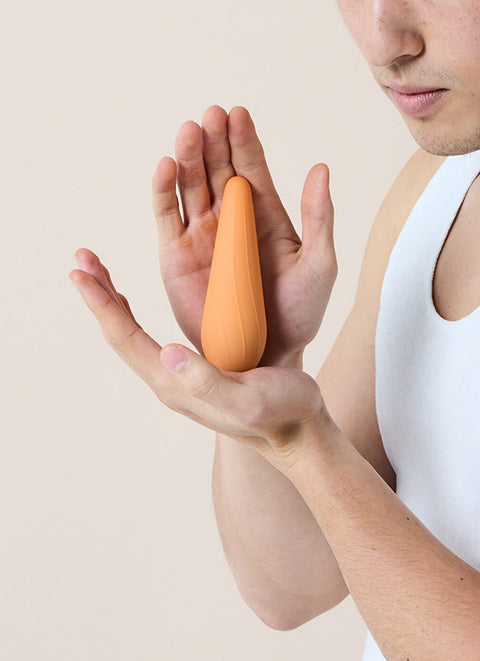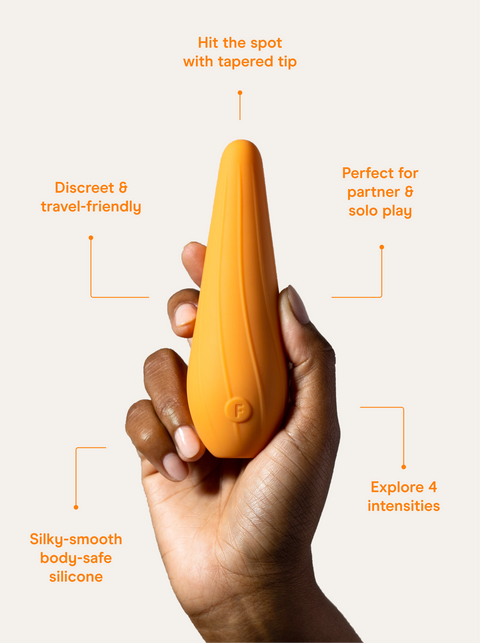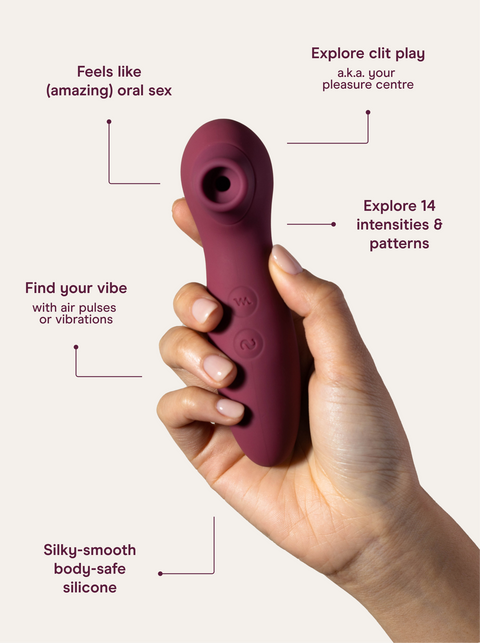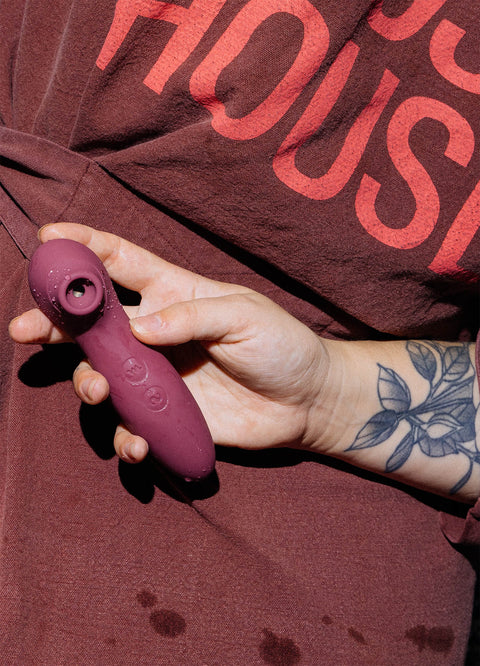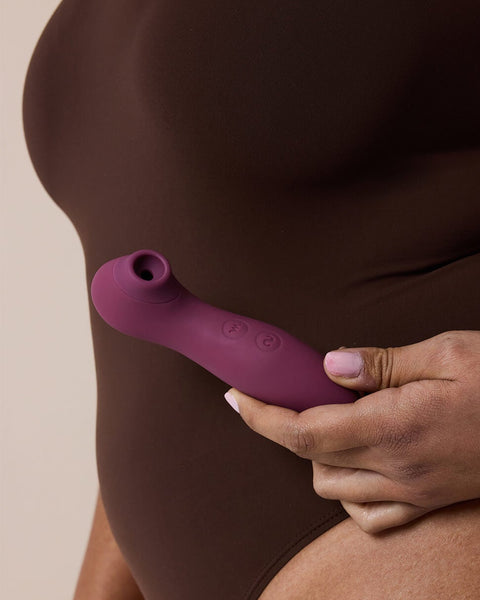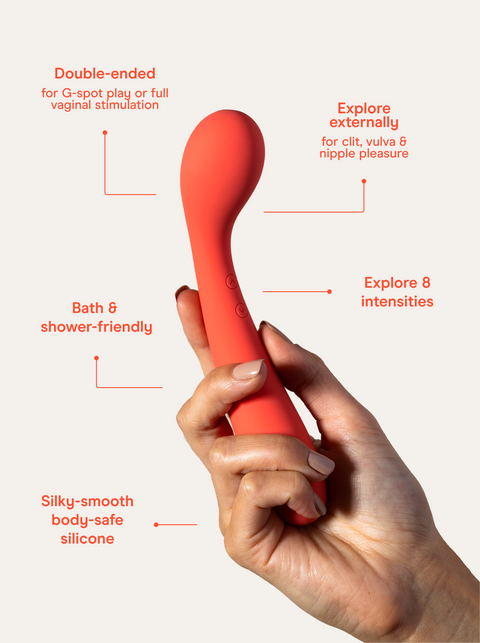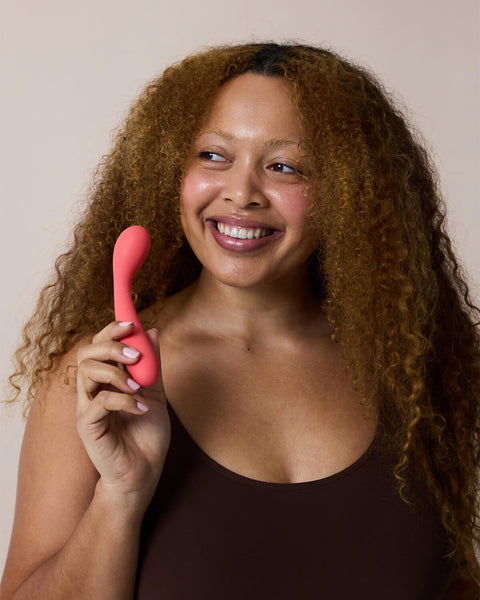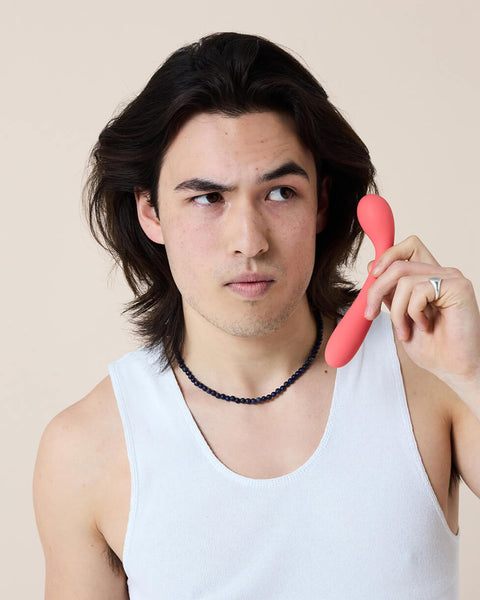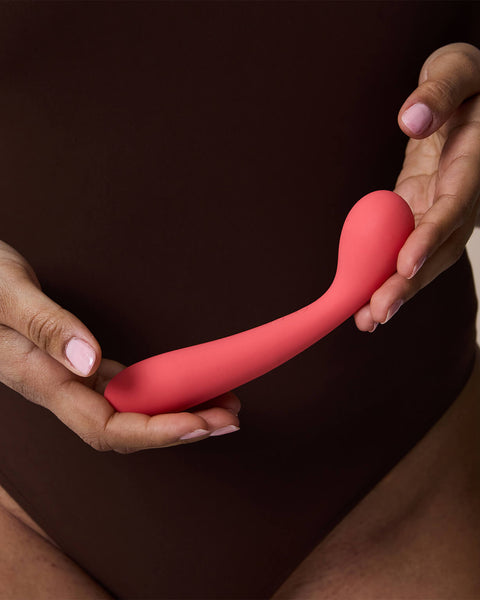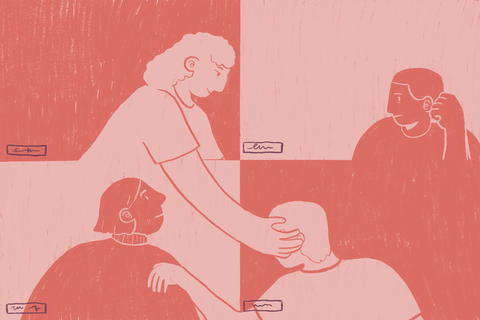Even the most dedicated, loving, committed couples can experience mismatched libido.
Mismatched libido occurs when one partner is more desiring of sex and intimacy than the other: essentially, when your libidos don’t ‘match up’ or ‘sync’ with each other.
There are endless reasons why mismatched libido can occur, and—thankfully—many ways to address the situation that don’t involve one partner neglecting their own needs for the sake of the other.
Today we’re going to examine mismatched libido, and find out exactly what you can do if you and your partner have desires that are totally out of sync.
Mismatched Libidos is Common
It’s a common enough situation: your partner is in the mood for sex, but sex is the last thing you want to think about right now. Or you’re the one who wants to have sex, but your partner has no interest.
Every relationship has these moments occasionally, but when they occur frequently or they become part of a pattern, we can think of them as mismatched libido.
Put simply, either you or your partner regularly want sex more than the other.
So what can you do? You don’t need to break up—and you don’t need to ‘give in’ and have sex just to make your partner happy (or ‘hold off’ and bury your desires until they’re in the mood).
There are many things we can do to counter mismatched libido, and it all starts with understanding exactly where desire comes from.
A lot of us take desire for granted. For some of us, sexual or romantic desire occurs when we see or experience something that reminds us of why we desire our partner.
Maybe they give us a thoughtful gift, perhaps we see them undressed and feel really attracted to them, or maybe they just surprise us by doing the dishes and taking the rubbish out (it’s the little things, right?).
For others, desire can happen in the blink of an eye—seemingly out of nowhere, you get hit with ‘the urge’ and then sex is all you can think about.
Sex educator Emily Nagoski, who we’ve discussed here before, refers to these two types of desire as responsive desire and spontaneous desire.
Spontaneous desire is really common, but responsive desire is the primary desire style for around 30% of women*, and most of us will experience it at one point or another during our lives.
Anyone can experience either type of desire, but most of us have one specific type that we tend to experience the most.
There’s definitely no better or worse style of desire to have, but if our partner primarily experiences spontaneous desire and we primarily experience responsive desire, it can mean that our desires don’t always naturally match up...and in turn, that can mean our libidos don’t always naturally match up.
(*Nagoski doesn’t provide information on how many men or people of other genders experience responsive desire, but we’re going to say that anyone of any gender can experience responsive desire, and even have it as their primary desire style.)
Mismatched libido isn’t always a case of mismatched desire styles, though. Changes in libido can be temporary, and can result from a whole host of things that we all experience in life at one time or another.
Stress can have a big influence on our libido, as can our health, both mental and physical.
Medication can play a role, and what we eat can too. If we experience pain during sex, this can also impact how much we might want to have sex again in the future.
Plus there are some more immediate and obvious causes that might not affect your libido long term but can definitely turn you off for a day or a week, like having a hard day at work or missing sleep the night before.
In these situations, mismatched desire may not be something that impacts your relationship long term. But if you regularly want sex and your partner doesn’t—or vice-versa—there are a few things you can do.
Find out why.
If your libidos were once in sync but now aren’t, it’s so important to figure out why. The change could be due to something temporary—your partner’s new job or your stressful family situation—but the only way to know is to find out.
And once you know, you’ll be well-placed to discuss it and find a solution if necessary. That might mean supporting your partner in the short-term as they go through a rough patch, or working together to find a longer-term solution.
Wait for a time when there are no distractions for you or your partner, and approach them sensitively in a non-judgemental way.
“I’ve noticed we haven’t been having sex as much as we used to, and I wanted to ask how you’re feeling about that,” is fine, but, “Ugh, you’re never in the mood when I am…” is not the right approach.
If you’ve noticed a drastic change in one of your libidos and there’s no explanation, it could be worth speaking to a GP just to make sure everything is okay.
Remember that you’ll both need to work on this.
You need a two-party solution here, essentially. Mismatched libido doesn’t require one partner to immediately acquiesce to the other by giving them sex whenever they ask for it or agreeing to put their desire on ice forever.
You and your partner will need to find a way to be vulnerable with each other, meet in the middle, and work out a way to respect each other’s needs and desires together.
Ask your partner what they want.
In an ideal world, what would your sex life look like to your partner? Would you be having sex once a month? Once a week? Twice a day? Or only on special occasions? Would it be intimate and romantic sex, or a raunchy kink escapade?
There’s absolutely no right or wrong answer here, but we suggest you both think of what would be ideal for you and see how the two match up. What do your desires have in common with your partner’s?
If you can focus on something you both want, it may make it easier to work on the things you don’t agree on.
Experiment with spontaneous and responsive desire.
If you’re more of a spontaneous person and your partner is responsive, they may be open to experimenting with how they experience desire.
This doesn’t mean that you should just expect to start having sex and wait to see if they get in the mood—rather, create some intimate moments together and see what happens.
Give each other a backrub, cuddle together on the couch, or just find ways to hold their hand as you go throughout your day.
Physical touch can sometimes inspire responsive desire; but if your partner would prefer something more ‘low stakes’, a deep conversation or even a day spent cooking or baking together can make you feel closer without any pressure to get physical.
Enjoy everything but.
If you’ve felt like you’ve been in a sexual rut recently, take penetrative sex off the table and experiment with everything but Foreplay, mutual masturbation, outercourse, using sex toys together, dirty talk, experimenting with BDSM, watching porn together...there’s a whole universe of sexy, erotic stuff you can be doing that doesn’t involve penetration.
(And if you don’t have penetrative sex with your partner anyway, think of the one sex act you do always have and replace it with something new and exciting.)
Switching up your sexual routine can be exciting for everyone, and you might just find something new that you both love!
(This might also be the right time to mention that if you’re still using the same old, tired routine of switching off the lights and saying, ‘Coming to bed?’ then it might be time to lift your game and start setting the mood.)
Understand that there’s no quick fix.
We can’t wave a magic wand and force our partner’s desires to fall in line with ours—and who’d want to do that, anyway? Working on mismatched libido is absolutely possible, but it’s not something that can be done overnight and it does take work.
You and your partner will need to get used to being vulnerable with each other, articulating your wants and needs, and setting boundaries if necessary. It may not be easy work—but it’s absolutely worth it.
To learn more about the foundations of great sex with acclaimed sex coach Georgia Grace, check out NORMAL's video masterclass, The Modern Guide To Sex.




